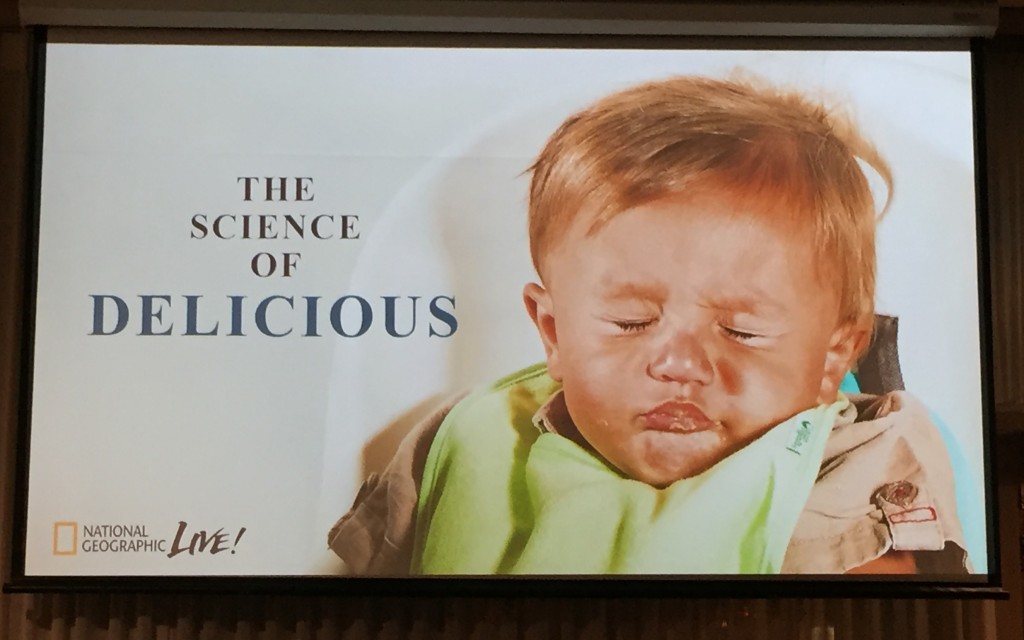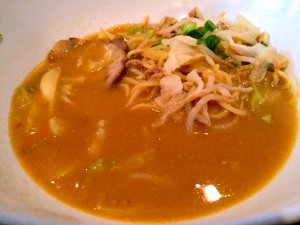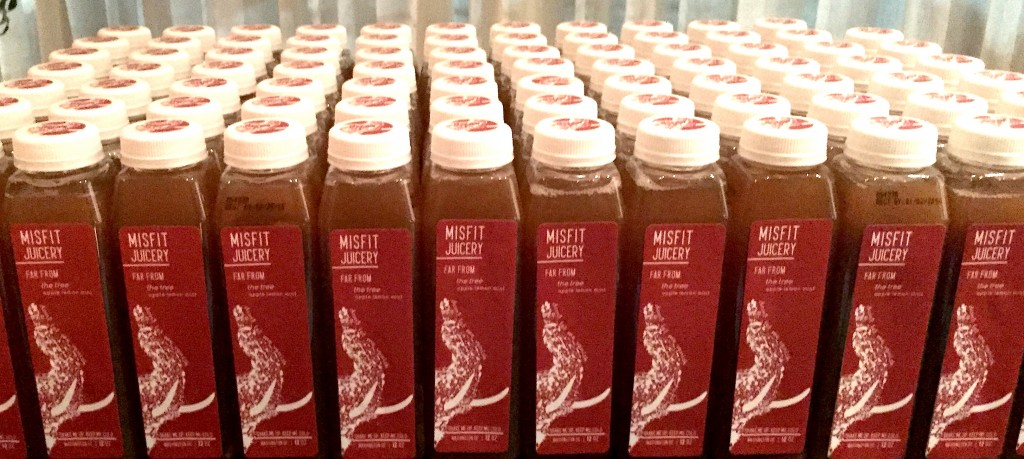The Science of Delicious
/ by Jacob Dean, special to EdibleDC
by Jacob Dean, special to EdibleDC
Last week, National Geographic Live! hosted The Science of Delicious, a flavor-focused tasting event which examined the ways in which we perceive flavor and how flavor impacts our lives. Moderated by Pam Caragol, Executive Producer for the National Geographic Channel, the discussion complemented an identically-titled article recently published in the National Geographic magazine.
Over the course of two hours, guests were served a bento box, ramen, and a variety of sour-and-sweet cocktails prepared by Chaplin’s Restaurant (1501 9th Street NW), while listening to presentations from National Geographic Senior Photo Editor Todd James, biopsychologist Julie Mennella and Chaplin’s Restaurant co-owners Ari and Micah Wilder. 
For Todd James, the quest to capture flavor in photographs was challenging, “Really, when they handed me the story I had not a single idea in my head because it’s like, how do you see taste?” For James and photographer Brian Finke (who was not in attendance), it became a matter of showing both the science and biology of taste (the papillae of the tongue, stained blue as part of a study for example, or nerve-endings being measured inside of a Faraday cage at Louisiana State University), the ways in which our food preparation has evolved (which sometimes involves a centrifuge followed by goggles and liquid nitrogen) and the cultures surrounding consumption that we have built for ourselves (such as a spirit-animal-based meal in Tasmania.)
The star of the evening might have been Julie Mennella, whose work at the Monell Chemical Senses Center in Philadelphia, PA examines how flavor is influenced by the complicated dance between biology, desire, and the evolutionary drive to survive. “Taste, it’s not just in the tongue. It’s also smell, it’s the fullness of mint, it’s nerve endings. All of these senses fuse to give us what flavor is.”
While Mennella described some of the basic research on flavor, she also walked guests through concrete experiments designed to highlight how taste is perceived and how it can differ from person to person. Diners were encouraged to chew Timothy Leary-esque paper strips coated with a bittering agent. Those able to perceive the intensely bitter flavor (which included myself) fell closer to the super-taster end of the spectrum, which is the name for people who taste things more intensely due to higher concentrations of taste buds. An experiment using jelly beans also revealed how taste is hugely connected to smell: cover your nostrils while chewing and then release them to experience an increase in sweetness.
Chaplin’s co-owners Ari and Micah Wilder also spoke about how crafting cocktails can be both simple and complicated; how the balance of flavor is important for both food and beverages. Taken at face value this may seem like a simple concept, as some flavors are naturally complimentary while others are not. The challenge lies in the fact that people do not taste things in an identical way. Research into flavor helps us understand our dining choices, and how we can make some foods more appealing (think insects, an easily sustainable, if creepy-crawly, form of protein). As with many things, progress lies in science. It helps, though, if that science is delicious.
Jacob Dean is a freelance food and travel writer, recipe tester, and product reviewer who resides in Washington DC. He is an Associate Editor at The Cook's Cook, a staff writer at DCist, has freelanced as a recipe tester for the NY Times, and has been published by the Washington Post and Roads and Kingdoms.






